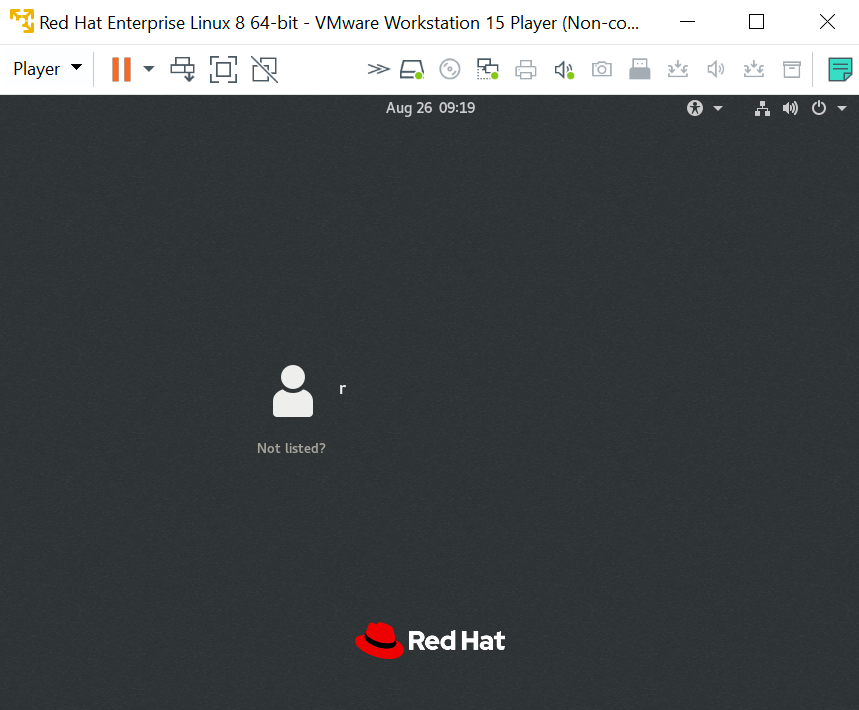In this blog post I’d like to write about an experience I had at work.
As I mentioned in another post, we recently underwent an agile transformation at my workplace. We went from something resembling a waterfall model to an agile one. I don’t know if it’s industry standard, but this meant that the QA team and the dev team became one. This caused some problems, chief among them that the dev team did not have experience with the testing tools of the QA team. One of this tools is called ReadyAPI.
I was working on fixing a defect that was sized as a 3, and one of the requirements of the definision of done was to test that the defect was actually solved. I won’t get into the details of my task, but the problem was that because of the specifics of my task, it was impossible to perform automated testing, and I did not have the slightest idea on how I could test it appropriately.
I got in touch with a coworker that was part of the QA team and asked him for help. Long story short he was able to write a test specific to my case, and we had a chat about it. He told me that he was annoyed that the product owner had sized the defect as a 3. I mentioned to him that the coding involved on my part was akin to a 3 point story, but then he mentioned that if the coding was a 3, there was no more room to include the testing effort. He also walked me through the test he wrote and told me that it took quite a bit of effort. I certainly would not have been able to write this in any reasonable amout of time, and would have changed the defect into a 13 if I had to do it by myself.
Thanks to this little interaction I saw that the testing part of the stories we take is not taken into account as much as the development. I think this would not be an issue if reliability in our product wasn’t as important as new features, but I would argue that because of the nature of the product, it is more important than the new features. I don’t see why the leadership team would leave so little time to testing, but demand intricate graphs and test coverage before a release.



